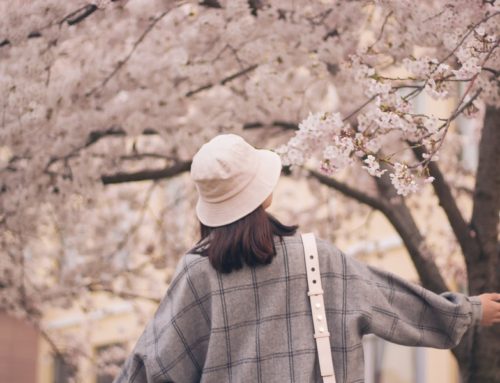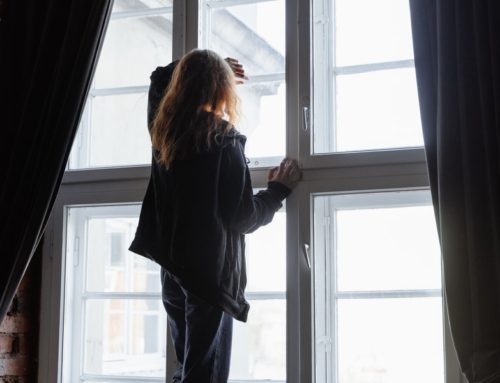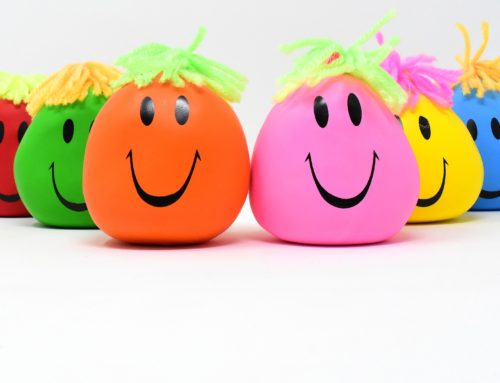Warm weather in Spokane, WA typically lift spirits and puts a little bit of jaunty pep in most people’s stride. Just look at the movies: summer fun with the latest blockbusters, anyone? It’s hard to imagine someone getting gloomy—or depressed—because the seasons have changed from the cold and dark days of winter to the bright sunny days of spring and summer, but that’s exactly what happens for some.
When it comes to feeling blue because of the weather, everyone’s heard of Seasonal Affective Disorder (SAD), which leads to depression and lethargy during winter’s dim cold months. However, reverse Seasonal Affective Disorder, also known as summertime SAD troubles many people in the United States every year. Summertime SAD is real condition, although its effects on a person’s mood are different from winter SAD.[1] The primary difference between the causes of summer SAD and winter SAD is that summer SAD, or reverse SAD, seems to be triggered by increased temperature and prolonged exposure to bright light, while winter SAD is a response to decreased sunlight.
In contrast to winter SAD, people with summertime SAD experience pronounced hypomania. Hypomania is an elevated state of mood that comes with lots of energy. While that sounds good, hypomania is just a step below mania, a dangerous state of an untethered euphoric mood. Hypomania shifts easily to full-blown mania, which can lead to serious consequences like overspending and risky sexual behavior, among many others.[2]
Some researchers are investigating the possibility that both reverse SAD and wintertime Seasonal Affective Disorder may be variants of bipolar disorder, although there is no conclusive evidence yet.[3]
Other symptoms remain the same as winter SAD, including:
- Irritability
- Insomnia
- Anxiety
- Restlessness
- Agitation
- Anhedonia
- Anger outbursts and irritability can be a part of summer SAD, more so than with wintertime SAD.
Good sleep practices seem to help summertime SAD, as it’s suspected that high temperatures and bright sunshine may play a role in disrupting the production of the hormone melatonin. This is a reversal of the more typical pattern of SADs, given that most people who suffer from seasonal depression experience a lightening of symptoms as sunlight levels intensify.
Treatments for summertime SADs may involve medication or psychotherapy, with a combination of the two being most effective. Psychotherapy is useful in helping people understand their condition, as well as teaching coping skills to manage increased anxiety and irritability in the hot summer months.
Therapy is also helpful in helping find more productive ways to cope when they have problems regulating their emotions during periods of increased stress and aggravation. After all, not everyone wishes for an endless summer.
If you’re having trouble coping during warmer weather, please seek help from your local Spokane healthcare professional. Reach out to Damaris through her contact page or calling 509-342-6592.
[1] https://www.sciencedirect.com/science/article/pii/016503279190098D
[2] https://www.mayoclinic.org/diseases-conditions/bipolar-disorder/symptoms-causes/syc-20355955






